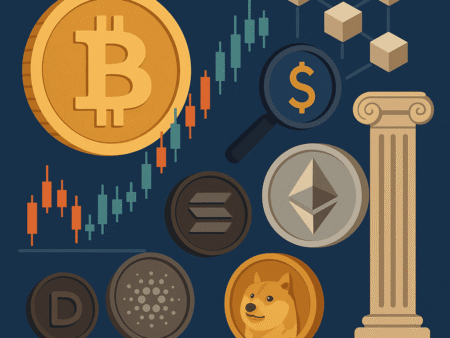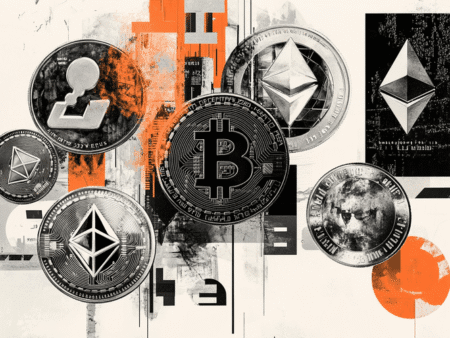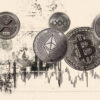The U.S. government revealed data on monthly inflation for April this Tuesday (13th). Expected to be 2.4% annually, inflation came in below these forecasts, reaching 2.3% and approaching the Fed’s target.
Although this could encourage Bitcoin investors and other assets, the largest cryptocurrency in the market did not have major movements after the data release.
This is because many believe that U.S. inflation has not yet reflected the impacts of U.S. tariffs against other countries. In other words, the U.S. Central Bank should keep the economy tight for longer.
U.S. Inflation Below Expectations, But Market Doesn’t Believe in Rate Cuts
While U.S. inflation in March was −0.1%, data shows that products and services had an increase of 0.2% in the U.S. in April. The expectation was for an increase of 0.3%.
Among the highlights are energy services, which became 1.5% more expensive, especially for piped gas services (3.7%). On the other hand, the price of food fell 0.1%, while the price of used cars and trucks fell 0.5%.
Year-to-date, U.S. inflation is at 2.3%, very close to the Fed’s target of 2%.
Although this could encourage the markets, the main cryptocurrencies operate without major oscillations. Bitcoin (BTC) falls 0.5% in the last 24 hours, Ether (ETH) falls 0.6%.
Both operate in a strong high in the week, of 10.7% and 44.4%, respectively, which may have contributed to this lack of movement.
In addition, attention is focused on the Fed’s monetary policy. According to the CME FedWatch Tool, the U.S. Central Bank is expected to keep interest rates between 4.25% and 4.5% at the June meeting. The probability of this happening is 91.8%.
Before the American trade war escalated, the expectation was that the Fed would make a 0.25% cut at this meeting.
The concern is that the ‘Trump tariff’ will have inflationary effects on the American economy, something that may be outside this inflation report. The American president, on the other hand, is pressuring Jerome Powell to start cuts.
U.S. and China Announce Truce on Tariffs
After an escalation in tariffs between the U.S. and China, which reached 125% on one side and 145% on the other, the countries reached a truce this Monday (12th).
The agreement is that rates will fall to 10% for 90 days. Before that, the legendary investor Ray Dalio stated that what was to come from this trade war was worse than a recession.
Although the markets are relieved with this agreement, the feeling that remains is one of unpredictability, especially for the Fed.










